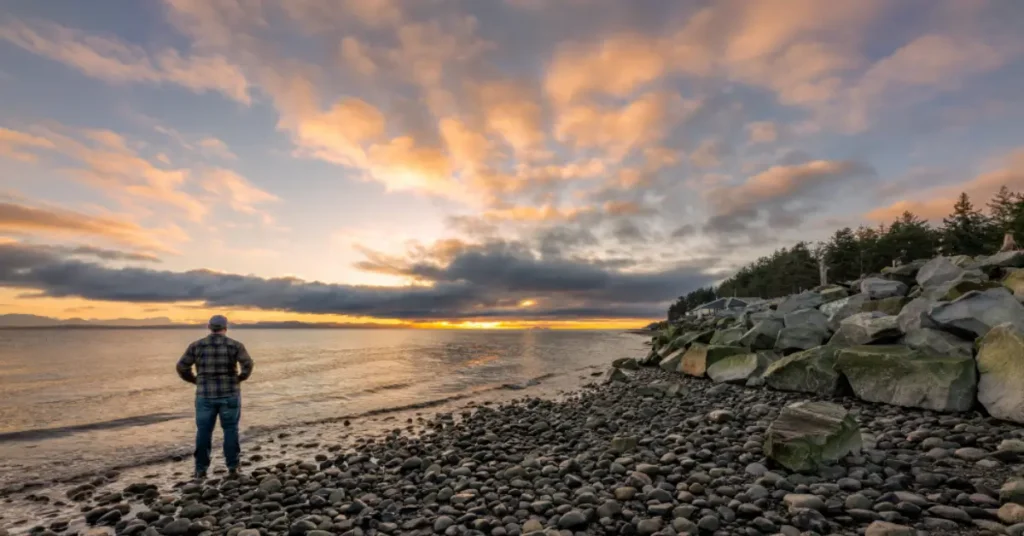Canada may be renowned for its vast forests, majestic mountains, and snowy landscapes, but it is also home to some of the most serene and breathtaking beaches in North America. From the Pacific coast of British Columbia to the rugged shorelines of the Atlantic provinces, Canada’s beaches offer something for every type of traveler. Whether you long for solitude, crave thrilling water adventures, or need a beach suitable for the whole family, Canada offers a coastal destination to match your mood.
The Unique Appeal of Canadian Beaches
\While many travelers may associate tropical countries with sandy getaways, Canadian beaches have a distinct charm. The blend of cool climates, clear waters, and unspoiled natural surroundings provides a unique coastal experience. Moreover, several Canadian beaches have been awarded the prestigious Blue Flag designation, ensuring high environmental and quality standards.
Environmental Stewardship and Clean Waters
Thanks to rigorous environmental policies, many Canadian beaches are maintained to the highest standards. For example, Wasaga Beach in Ontario is not only the longest freshwater beach in the world but also a protected site. Its natural dune systems and clean waters attract thousands of visitors every summer. Similarly, Parlee Beach in New Brunswick is frequently monitored for water quality and has received positive assessments year after year.
Cultural and Recreational Value
Canadian beaches are often located near towns that offer rich cultural experiences. Visitors can explore historical lighthouses, indulge in local seafood cuisine, or attend community festivals by the shore. In places like Prince Edward Island, the beach experience is complemented by red sandstone cliffs and maritime heritage. The beach is not just a place to relax but also a gateway to understanding local traditions.
Top Beaches Across Canadian Provinces
1. Long Beach, British Columbia
Located inside the Pacific Rim National Park Reserve, Long Beach spans 16 kilometers and draws visitors with its powerful waves and striking natural scenery. Surfers, hikers, and nature enthusiasts are frequently drawn to this location. Wildlife such as eagles and sea otters can be spotted along the coast, enhancing the experience.
2. Grand Beach, Manitoba
Located on the eastern shore of Lake Winnipeg, Grand Beach is famous for its white quartz sand and large dunes. Despite being far from the ocean, the beach attracts thousands each year due to its warm waters and ample recreational facilities. Visitors often take part in activities such as kayaking, playing beach volleyball, and relaxing under the sun.
3. Singing Sands Beach, Prince Edward Island
Singing Sands Beach gets its name from the unique squeaking sound produced when one walks on its fine sand. Located within Basin Head Provincial Park, this shoreline features gentle, shallow waters that make it particularly suitable for family visits. The beach has also become a symbol of the island’s ecological diversity.
4. Parlee Beach, New Brunswick
Known for having some of the warmest saltwater in Canada, Parlee Beach is a favorite among locals and tourists alike. With its wide shoreline and various facilities, including lifeguard stations and restaurants, it is considered one of the most accessible and family-friendly beaches in the region.
5. Wasaga Beach, Ontario
Wasaga Beach extends along the shores of Georgian Bay, offering both natural beauty and modern amenities. Visitors can enjoy its extensive boardwalk, designated picnic spots, and a range of water-based recreation. In addition, it plays host to summer events such as music festivals and sandcastle competitions. The gentle depth of the water provides a safe environment for younger children to play and swim.
Tips for Visiting Canadian Beaches
Timing Your Visit
Summer is undoubtedly the most popular time to visit Canadian beaches. However, late spring and early fall can also offer pleasant conditions with fewer crowds. Certain provincial coastlines remain relatively undeveloped, offering visitors a quieter and more peaceful retreat outside of peak travel months
Safety and Preservation
Beachgoers are encouraged to respect the natural environment. Trash should be disposed of properly, and fragile ecosystems such as dunes should be avoided. In many areas, local authorities have installed information boards to educate visitors about the flora, fauna, and preservation practices.
What to Bring
Even during the summer, Canadian coastal weather can be unpredictable. It is advisable to bring layers, sunscreen, and reusable water bottles. Additionally, insect repellent and waterproof gear may enhance your comfort, especially in more remote areas.
Conclusion
Though often overlooked in global beach rankings, Canada offers an impressive array of coastal destinations that combine natural beauty with cultural richness. From the roaring waves of British Columbia to the warm sands of New Brunswick, each beach tells a story about the country’s diverse geography and community spirit. For travelers seeking more than just sun and surf, Canadian beaches provide meaningful experiences grounded in nature, history, and sustainability.
By exploring Canada’s coastal gems, visitors not only enjoy the beauty of the present but also contribute to preserving these pristine environments for future generations.
If you’re fascinated by Canada’s natural landscapes, don’t miss our article on a beginner’s guide to bird watching in Canada, which offers insights into another peaceful way to enjoy the country’s great outdoors.


